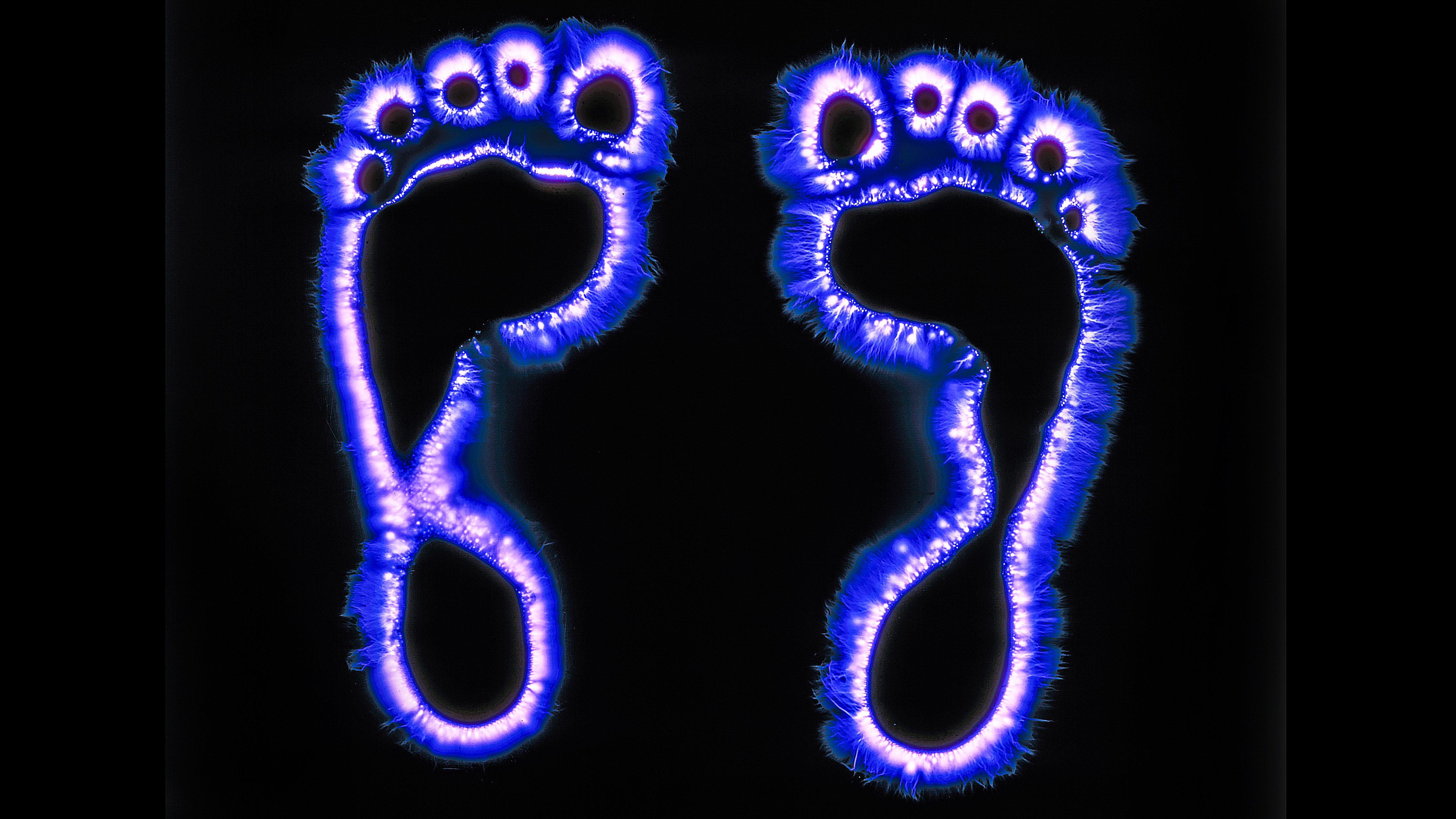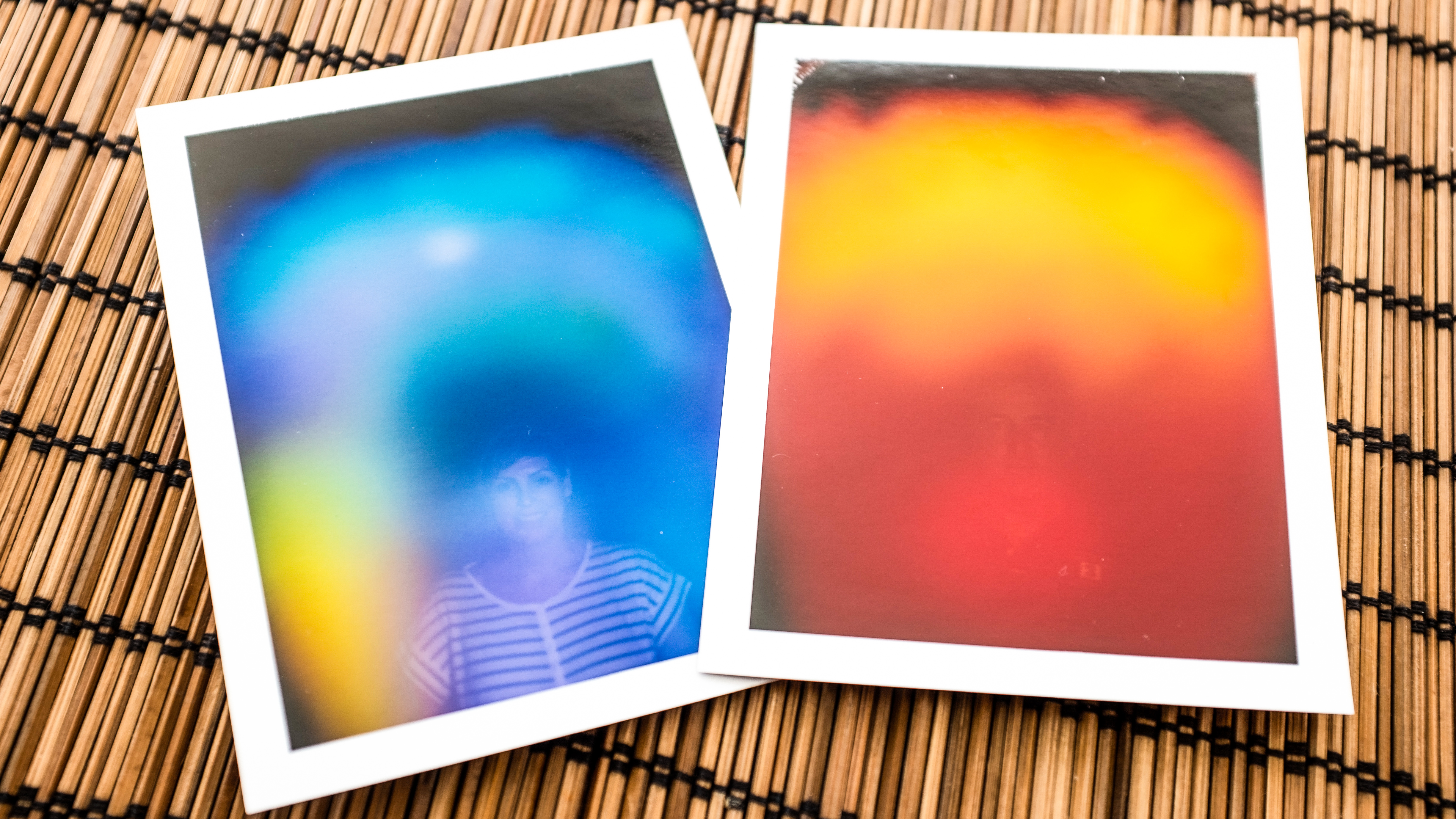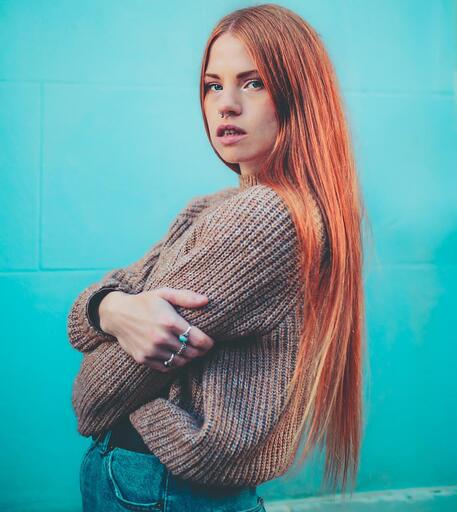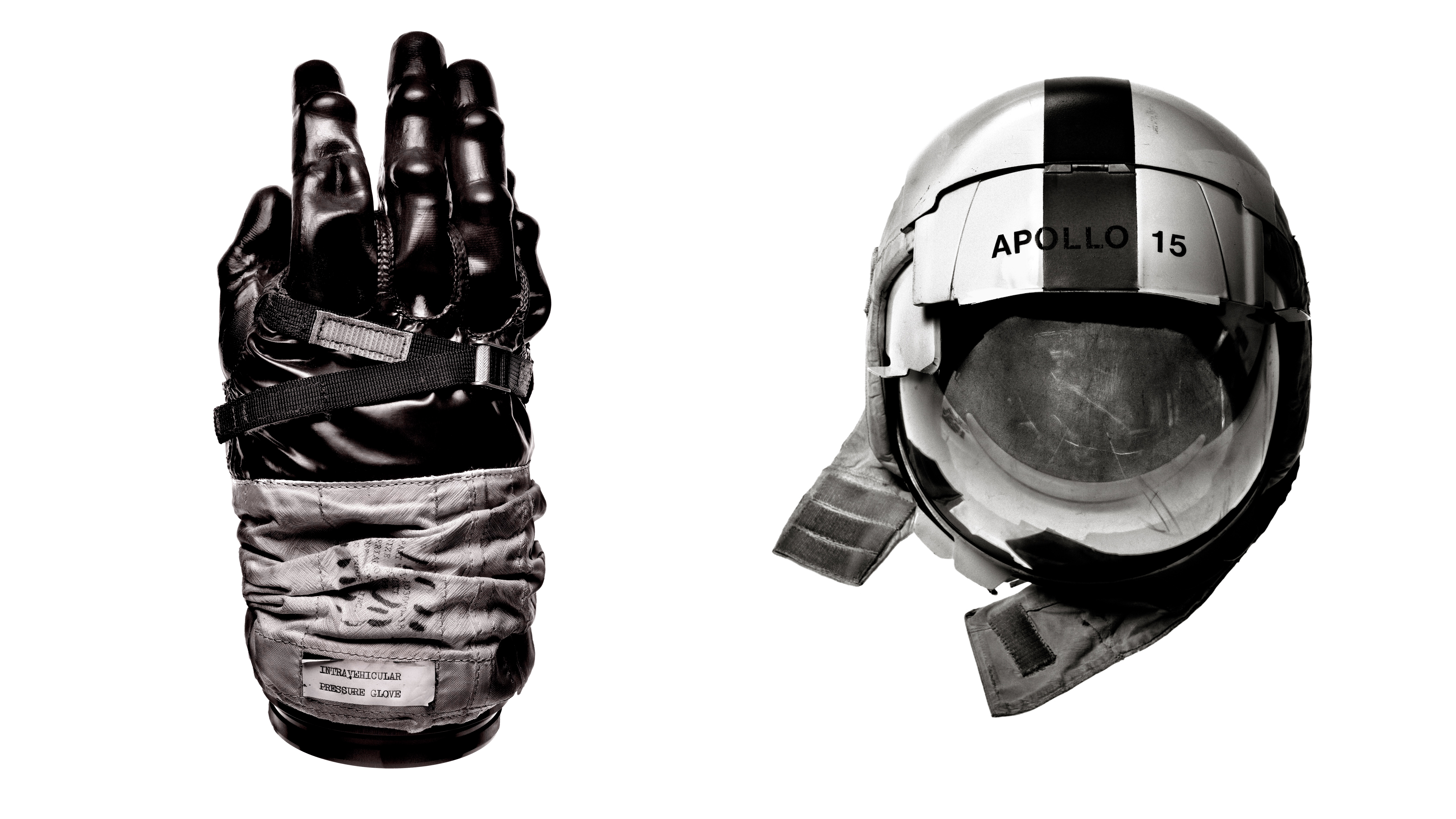Kirlian photography: supernatural phenomenon or scientific reaction?
Developed in 1939, Kirlian photography aka aura photography captures the light created by electrical energy around an object

Before this morning, I’d never heard of Kirlian photography either but one of the joys of life is you never stop learning. Kirlian photography unsurprisingly has nothing to do with the much-loved winter Olympic sport of a similar name (curling) and everything to do with capturing the electrical discharged created around an object due to the ionization of gas or fluid.
What is Kirlian photography?

Kirlian photography is certainly one of the more niche areas of photography and many believe it is a practice used to show the auras of people or animate objects. What’s even crazier about kirlian photography is it doesn’t even require a camera, you c just need to get a sheet of photographic film, the object you want to “take a photo of”, place it on top of the film and then apply a high voltage current to the metal plate the film sits on in order you create your exposure. Once the film is developed, a glowing silhouette appears around your object. This is what is sometimes referred to as the aura and is usually a bright light that mimics the shape of your object.
Who developed it?
Developed in 1939 by Russian husband and wife inventors Semyon and Valentine Kirlian, the practice didn’t become common knowledge until the 1970s. Semyon was a highly skilled electrician who was often called upon to fix lab equipment in universities and scientific institutes and his discovery or Kirlian photography (which back then had no name) happened by chance. According to Light Stalking, Semyon noticed a small flash of lights between a machine’s electrodes and a patient’s skin when watching a demonstration of a high-frequency electrotherapy device which made him curious about whether it could be photographed.
Is it really a supernatural phenomenon?
Many people believe Kirlian photography to be a spiritual form of photography that could be used as a window to something otherworldly. In the 1970s Lynn Schroeder and Sheila Ostrander published Psychic Discoveries Behind the Iron Curtain which delved into the existence and meaning of paranormal events and within that, they examined the mystery of Kirlian photography.
Samyon and Valentine Kirlian famously took a photo of a leaf ripped in half using this method but when the photo was developed, the entire leaf still seemed to be intact. According to Charlie Watts, a US-based photographer with a fascination for mysticism, the image in question is actually a lot less magical than you might think. In a feature by Adobe, he said, “That’s where a lot of the mystical aspects came from, but actually it’s just moisture content.” Perhaps a little less impressive but nonetheless it's a very cool photo.
Make your own Kirlian photograph

It’s possibe to give Kirlian photography a go as long as you have access to the right equipment. You’ll need a darkroom, photographic paper, a magnetic plate, an object to photography and a source of electrical energy. When taking the image, a conductor must be touching your object while another conductor will send an electrical current through the film. You can create different effects depending on the voltage used, how wet or dry your thing is, and what you choose to photograph./ It’s worth bearing in mind though that working with high-voltage electrical supplies can be dangerous and there is a risk of electric shocks so best not to test it on anything living.
Whether or not you believe Kirlian photography can capture the supernatural, it is an unusual method of photography that can create very striking effects. I don’t think it will become a mainstream photographic pursuit any time soon. Still, for those who are always looking to try something new and expand your photographic techniques, perhaps Kirlian photography could be next on your agenda.
Get the Digital Camera World Newsletter
The best camera deals, reviews, product advice, and unmissable photography news, direct to your inbox!

Having studied Journalism and Public Relations at the University of the West of England Hannah developed a love for photography through a module on photojournalism. She specializes in Portrait, Fashion and lifestyle photography but has more recently branched out in the world of stylized product photography. Hannah spent three years working at Wex Photo Video as a Senior Sales Assistant, using her experience and knowledge of cameras to help people buy the equipment that is right for them. With eight years experience working with studio lighting, Hannah has run many successful workshops teaching people how to use different lighting setups.
